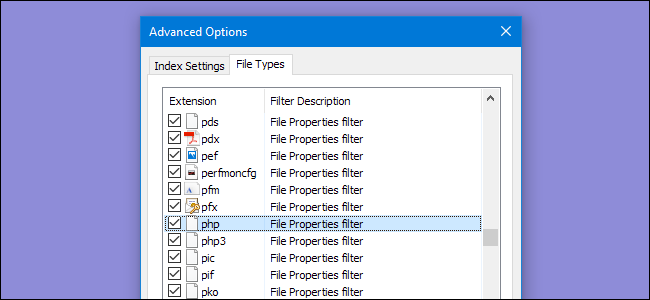

To avoid opening bash scripts or other non-document files, you may restrict file contents by additional search attributes. Find Any File doesnt replace Spotlight, but it complements it.

FIND ANY FILE HOW TO
In this article, how to find texts in files in Linux is explained. Find Any File is a program for Apples macOS that lets you search for files on your disks. It’s possible using both built-in tools and 3rd-party apps. Depending on the number of files you have to perform a search on, there are two ways to perform the text search: automated or manual. Additional cd is for case insensitive and ignoring diacritical marks, e.g., fred will return both, Frédéric and FrEDeric.įindpaper will restrict search to results under a specific path (recursive) while openpaper pie*201 will open a (or first of multiple results) search result or openpaper pie*201 3 will open third result entry. For a system administrator, working with text files is a common phenomenon. There is no need to prepend or append * to your query as the search pattern, '*$1*' already tags wild card entry at beginning and end of your query. To search for files with words, pie and 2016 anywhere in the file name, do spot pie*2016 #or Now, either source ~/.bash_aliases or open a new terminal load functions. Open "$(mdfind -name -onlyin "/Users/foo/articles" "kMDItemDisplayName='*$1*'cd" | sed -n "$")" Fast Start with a simple search Refine it by adding and combining criteria Search several folders at once. # default to open the first entry unless 2nd positional argument is given Mdfind -onlyin "/Users/foo/articles" "kMDItemDisplayName='*$1*'cd" # restrict to files under (recursive) a specific path # find any item matching search query in file name I find this easier than typing long string of query in spotlight window.Īdd following functions in ~/.bash_aliases. Hence, this is not an entire replacement for Spotlight but it can come handy in certain, if not many, situations.You may use following command line functions to quickly find and open relevant file.
FIND ANY FILE MAC OS X
But even on mounted network volumes of a Mac OS X server it can still be surprisingly fast. On the other hand, it may take a little longer than Spotlight, and it is only fast on HFS(+) volumes. Hence it is great for finding system files, for example. This allows you to find any file, even those inside packages and others excluded from Spotlight search.
You can specify the file to write, a json file including file lists: deadfile < file >-output report. Unlike Spotlight (i.e., the Finder's Find command), it does not access a pre-built database but searches the chosen volume directly. It supports any valid RegExp expression to exclude: deadfile < file >-exclude (w)png deadfile < file >-exclude webpack utils docs-output: used to write report results in.
Can save queries and run them again later. Search File Explorer: Open File Explorer from the taskbar or right-click on the Start menu, choose File Explorer, then select a location from the left pane to.All you have to do is upload your file or enter file URL and it will show you the file which means you don’t have. The viewer supports a wide range of images and documents including JPEG, Open Office Documents, PDF, PNG, PSD and Word files.
FIND ANY FILE FREE
Can run as root user, finding really any file on your disk, even those that are hidden from normal users. DocsPal is a web-based free file viewer that can help users to open image and document files.To filter your search, you can select the Documents tabthen your search results will only show documents.
FIND ANY FILE PC
Youll see results for documents across your PC and OneDrive. Search from the taskbar: Type the name of a document (or a keyword from it) into the search box on the taskbar.
FIND ANY FILE CODE
Find Any File searches your local disks for files by name, creation or modification date, size, or type and creator code (not by content, though).Īs there are other tools with a similar search operation, here are the special features unique to Find Any File: Having the same issue: Could not find any resources appropriate for the specified culture or the neutral culture. Upload your audio files to find the key and tempo of the tracks in your library.


 0 kommentar(er)
0 kommentar(er)
